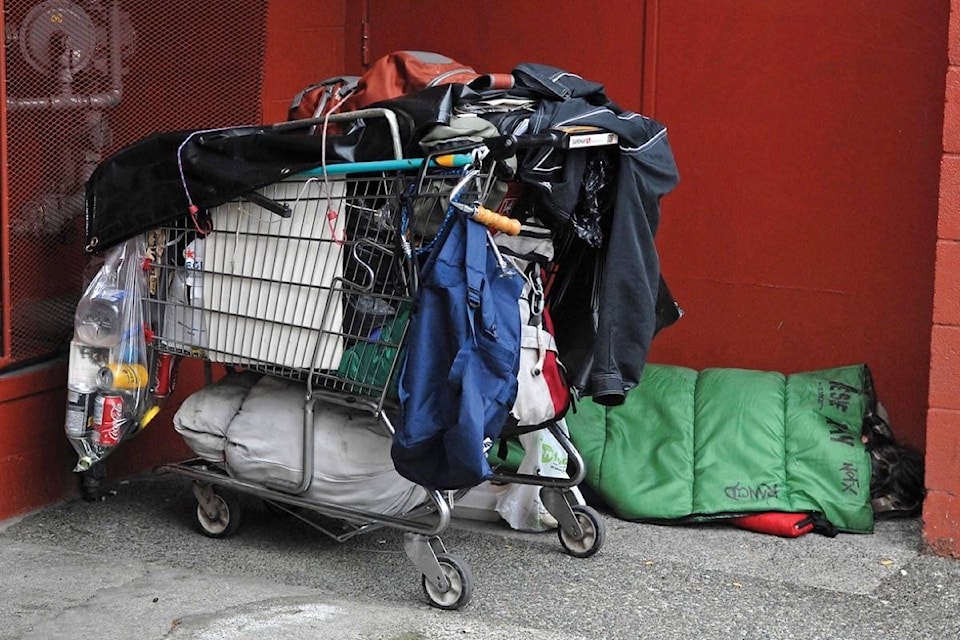Anyone struggling with homelessness has received help in some form or another; maybe from a person who gave them food at a kitchen, a person who assisted with attaining housing or social services, or from someone who acted as a counsellor or health care provider. Regardless of the service, it is likely that the person was a woman.
According to a report released by Statistics Canada, a majority of homelessness support workers are women.
In the report, the homelessness support sector is defined as “the intersection of the industry ‘Community food and housing, and emergency and other relief services’ and either of the two occupations ‘Social workers’ and ‘Social and community service workers.’”
ALSO READ: ‘Best in the country’– Formerly homeless man praises Victoria’s outreach services
Using data from the 2016 census, StatsCan found that 76.5 per cent of these workers were women, compared with a national average of 48.2 per cent of workers in all occupations. One in ten of these workers are low-income themselves.
This doesn’t surprise Cecilia Benoit, a scientist with the Canadian Institute for Substance Use Research (CISUR) and a sociologist at the at the University of Victoria. She also co-authored a book titled Valuing Care Work: Comparative Perspectives.
“It’s basically emotional labour, working with people who are highly stressed or vulnerable,” Benoit said. “That’s how we’ve trained our women to work. If it was more highly paid and given more status, we would see more men working in that sector.”
READ MORE: Point in Time count finds homelessness growing in Victoria
Benoit believes that the tendency for women to go into more care-driven jobs is not biological, but rather the remnant of outdated societal norms, including the fact most women become caretakers for their own children and parents, pushing them into more part time or flexible jobs.
According to the StatsCan report, more than 65 per cent of women in the homelessness sector live in a household with a married or common-law partner, and more than 60 per cent have children.
Women in this field are also higher-than-average of people who identify as Indigenous, sitting at 10.6 per cent where the national average for the working population is four per cent. The amount of visual minorities in the sector sat around 19.6 per cent, compared to the national average of 21.3 per cent.
All of this lies in direct contrast to the fact that the majority of people experiencing homelessness are men. A 2019 study from StatsCan found that more than 60 per cent of people living in shelters are men, while a 2018 Point In Time count in Victoria identified 67.6 per cent of homeless people as men.
“We need to start valuing care work,” Benoit said. “I don’t think society values care work in general, both economically and societally… but it actually saves lives and reduces stress in the community.”
Benoit believes bolstering the benefits of the job shouldn’t be something to chase women out of the sector, but rather to better support them in a much-needed role. She believes that the development of government policies, provincially-mandated training and support could offset the high burnout and turnover rate often seen in the job field.
“It’s a very hidden issue, and a hidden burden on women,” she said. “My suggestion is a policy that recognizes care work… it just needs to be formalized as a ‘real job’ and appropriately rewarded as well.”
